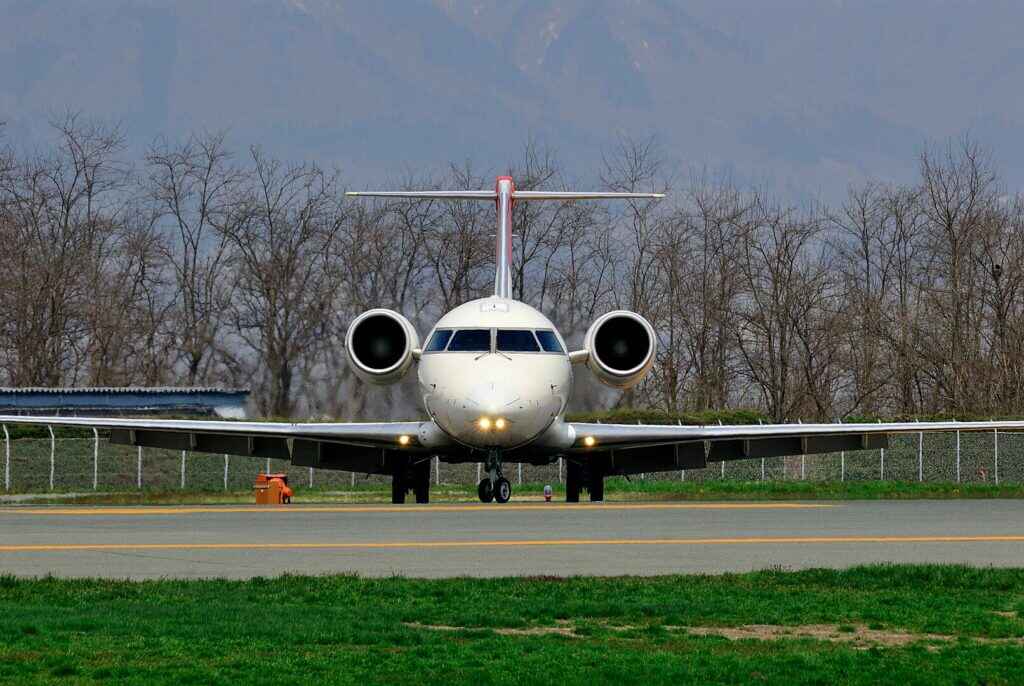(BALTIMORE/WASHINGTON INTERNATIONAL THURGOOD MARSHALL AIRPORT (BWI)) More than 30 flights were canceled at BWI on Monday, November 10, 2025, as the government shutdown pushed the Federal Aviation Administration to order FAA flight reductions across major hubs. The cuts, set at 10% for 40 large U.S. airports, are meant to keep skies safe while staffing remains thin.
Immediate impact at BWI
At BWI, the impact was immediate. Airlines scrubbed morning and midday departures, and gate agents told passengers to expect rolling delays.

Airport screens showed cancellations layered across carriers and destinations. Security lines fluctuated — some queues moved faster than usual while others slowed as staff juggled changing schedules and flight banks.
More than a dozen BWI flights also faced delays Monday morning, compounding traveler frustration. For many passengers the simple advice became unavoidable: check your flight status repeatedly, and plan to wait.
Why the FAA reduced flights
The FAA said the goal is safety, not speed. With air traffic controllers and Transportation Security Administration officers working without pay, agencies reported more fatigue and more sick calls.
Officials described the mandated cuts as a blunt but necessary step to avoid unstaffed positions in control towers and radar rooms. Even a small gap can force wider slowdowns to protect aircraft separation. The reductions translate to:
- Delayed pushbacks on the ground
- Meter-in programs in the air that slow arrivals
- Increased buffers between flights to reduce risk
“Trim schedules now to prevent cascading failures later,” Transportation Secretary Sean Duffy said, acknowledging a rise in controller absences tied to missed paychecks.
Systemwide effects and operational responses
The FAA’s order covers 40 major airports, including those serving the Washington region. With fewer controllers seated and more staff on unpaid overtime, cutting scheduled volume helps keep the reduced workforce focused on safe spacing.
Airport and airline adjustments included:
- Ramp crews repositioning aircraft as gate assignments changed
- Baggage belts stopping and restarting as loads shifted between flights
- Staggered pushbacks to ease taxiway congestion
- Metered arrivals to prevent overhead stacking
Carriers, including United, shifted schedules and sent push alerts offering rebooking options and route changes. Some travelers got notices the night before, but others learned at the gate that their flights would not operate.
Passenger experience and choices
Travelers faced a range of disruptions:
- Missed connections became harder to remedy the same day due to fewer frequencies
- Some passengers switched to earlier departures to protect onward journeys
- Others postponed trips to avoid the risk of getting stuck mid-route
- Business travelers weighed driving to alternate airports if seats opened
Airlines tried to ease pain points by waiving change fees in some cases and issuing hotel vouchers for limited numbers of stranded passengers, though availability was tight.
Staffing strain and frontline impact
The current stoppage is the longest government shutdown in U.S. history, and frontline strain was visible. Unpaid hours led some controllers to balance second jobs, while others traded shifts to cover sick colleagues — swaps that increase fatigue.
At security, TSA agents kept lanes moving but with variable staffing that produced uneven peaks. Early-morning flyers sometimes cleared quickly only to hit backups later in the day.
Important warning: Officials cautioned the situation could worsen if the shutdown continues. Even small increases in absenteeism can force larger safety buffers, reducing runway capacity and prompting more ground holds, diversions, and last-minute cancellations — especially when weather adds complexity.
Network ripple effects
Analysis by VisaVerge.com shows flight cuts during federal funding lapses often ripple beyond the affected airports, stretching connections and plans across the country. The pattern repeated as BWI’s cancellations coincided with delays at other large hubs, leaving little slack once morning waves shifted.
- The FAA indicated it will revisit traffic levels to match available staff each shift.
- Passengers were directed to airline channels for flight-specific updates.
- The agency’s public resources, including the Federal Aviation Administration, offered general operational updates; day-of decisions depended on live staffing and weather.
Local and traveler responses
BWI’s operations team worked with airline partners to maintain a steady, narrower flow:
- Plan staggered pushbacks
- Spread departures to keep taxiways less congested
- Meter arrivals to reduce overhead stacking
Travel insurance became a frequent question at counters because policies vary on shutdown coverage. United’s schedule adjustments included advance notices for some travelers, but last-minute cancellations still affected people already en route.
Despite the chaos, crews continued to move planes where possible. Some travelers reached destinations after long waits; others had to spend the night or camp near power outlets charging devices while watching app updates.
Outlook
Late in the day, BWI reported steadier operations within the narrower schedule, but officials offered no guarantee for tomorrow. The FAA reiterated that FAA flight reductions remain in place at BWI and other large airports until staffing stabilizes.
As the government shutdown continues, the agency warned that delays and cancellations may keep rising across the U.S. air system.
This Article in a Nutshell
On November 10, 2025, BWI experienced over 30 cancellations after the FAA imposed 10% flight reductions at 40 major airports amid the prolonged government shutdown. The measure aims to maintain safety as air traffic controllers and TSA staff face fatigue and unpaid work, leading to higher absenteeism. Airlines, including United, adjusted schedules, offered rebooking and limited assistance, while airports staggered pushbacks and metered arrivals to ease congestion. Officials said reductions will remain until staffing stabilizes and urged travelers to monitor flight status.













